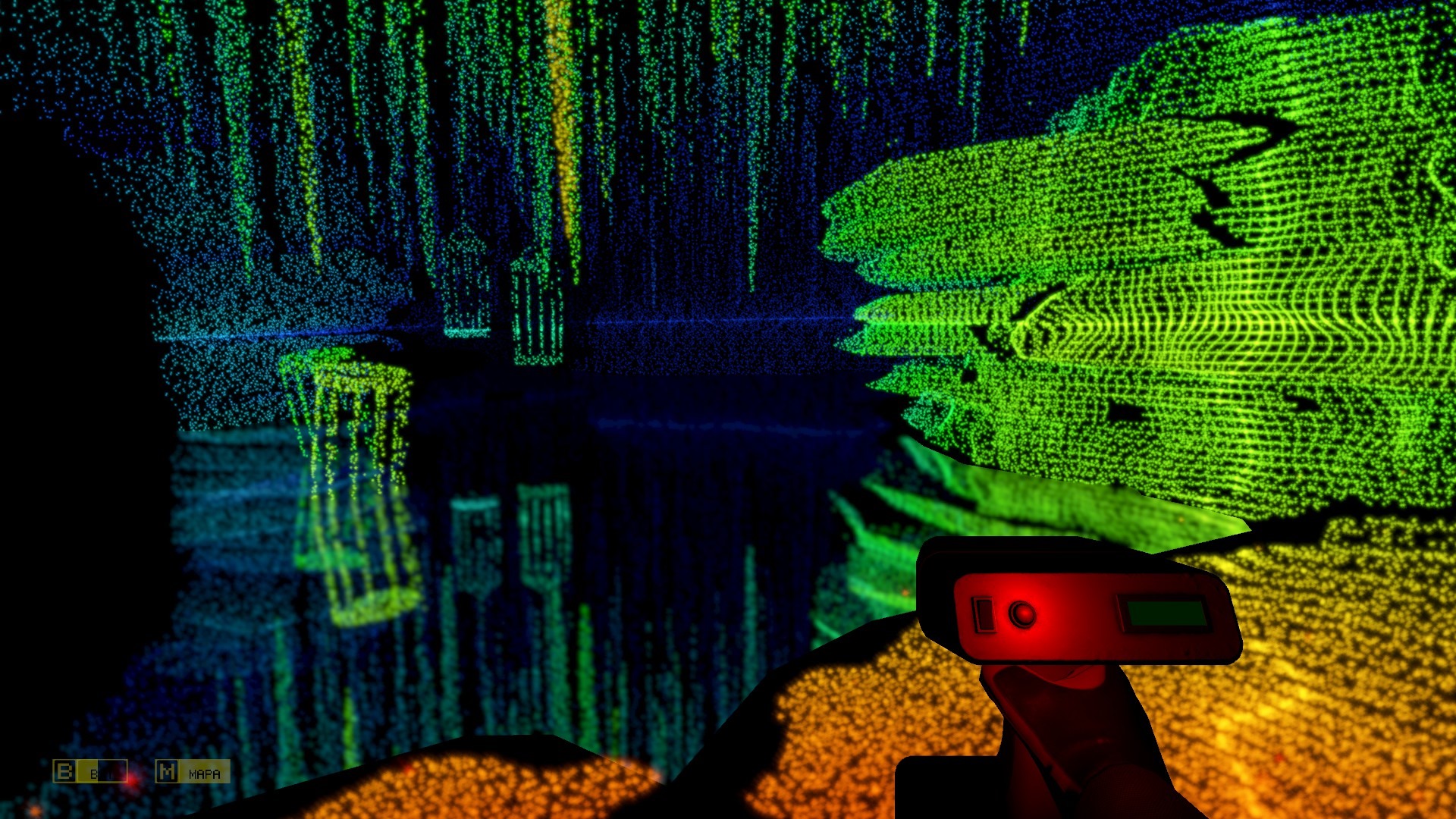

Investigations of the syringeal functional morphology have always been challenged by the organ’s small size and simultaneous complexity 20, 21, 22, 23, 24, 25, but the recent use of contrast-enhanced microCT imaging allows great progress in describing these acoustic organs 26, 27, 28. Previous morphological studies of the hummingbird syrinx have also described the presence of a calcified tympanum, a certain number of accessory cartilages, one or two pairs of intrinsic muscles and the tracheolateralis muscle 13, 14, 15, 16, 17, 19. One adaptation that sets hummingbirds apart from other avian species is the extrathoracic placement of their syrinx in the neck region rather than in the thorax 13, 14, 15, 16, 17, 18. The hummingbird syrinx possesses a more complex anatomy than closely related taxa such as swifts or oilbirds 13. The occurrence of vocalizations with exceptionally high fundamental frequency (F 0) in some hummingbirds 10, 11, 12 reveals that the hummingbird lineage has vocal abilities that occur outside those of other avian taxa. Despite their vocal complexity and similarity of their vocal learning with songbirds, vocal production mechanisms of the hummingbird syringeal sound source are poorly understood.Īcoustic communication requires a sound production mechanism that is congruent with a species’ hearing ability, acoustic environment and physical capability 9. Like other birds, hummingbirds also produce a diverse and complex vocal repertoire 4, 5, 6 whose neural control mechanisms suggest convergence to those of the distantly related songbird lineage 7, 8. For example, some hummingbirds use elements of their plumage to generate sounds for effective communication with conspecifics 3.

Various modes of acoustic communication are among those traits 2. Our findings predict that hummingbirds have fine control of labia and membrane position in the syrinx adaptations that set them apart from closely related swifts, yet shows convergence in their vocal organs with those of oscines.ĭue to their small body size, hummingbirds have experienced selection for a number of traits that have set them apart from other avian lineages 1. In heliox, fundamental frequency is unchanged while upper-harmonic spectral content decrease in amplitude, indicating that syringeal sounds are produced by airflow-induced labia and membrane vibration. There are between-species differences in syrinx measurements, despite similar overall morphology. Their upper vocal tract, including the trachea, is shorter than predicted for their body size.

Lateral labia and medial tympaniform membranes consist of an extracellular matrix containing hyaluronic acid, collagen fibers, but few elastic fibers. The placement of the hummingbird syrinx is uniquely located in the neck rather than inside the thorax as in other birds, while the internal structure is bipartite with songbird-like anatomical features, including multiple pairs of intrinsic muscles, a robust tympanum and several accessory cartilages. To fill this gap, syrinx anatomy of four North American hummingbird species were investigated by histological dissection and contrast-enhanced microCT imaging, as well as measurement of vocalizations in a heliox atmosphere. How sound is generated in the hummingbird syrinx is largely unknown despite their complex vocal behavior.


 0 kommentar(er)
0 kommentar(er)
